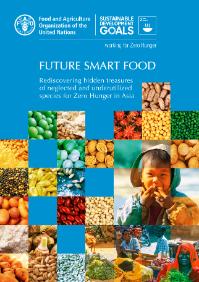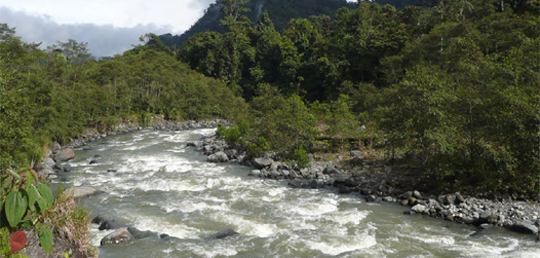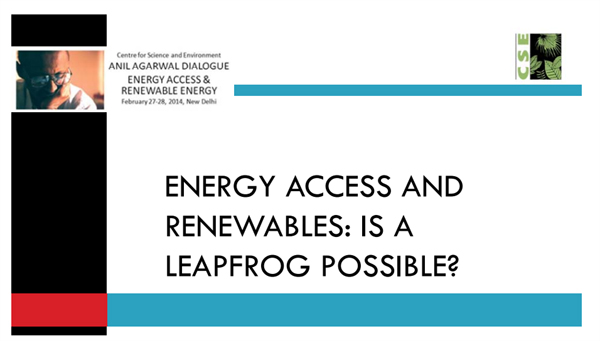Freshwater governance for the 21st century
<p>The water-related challenges have reached a climax with an unoptimistic future expected to feature more competition between users. This book on freshwater governance broadly illustrates key aspects of water governance. It maps the spectrum of decision-making from techno-centric and eco-centric approaches, to hybrid concepts and people-centric approaches.</p>



